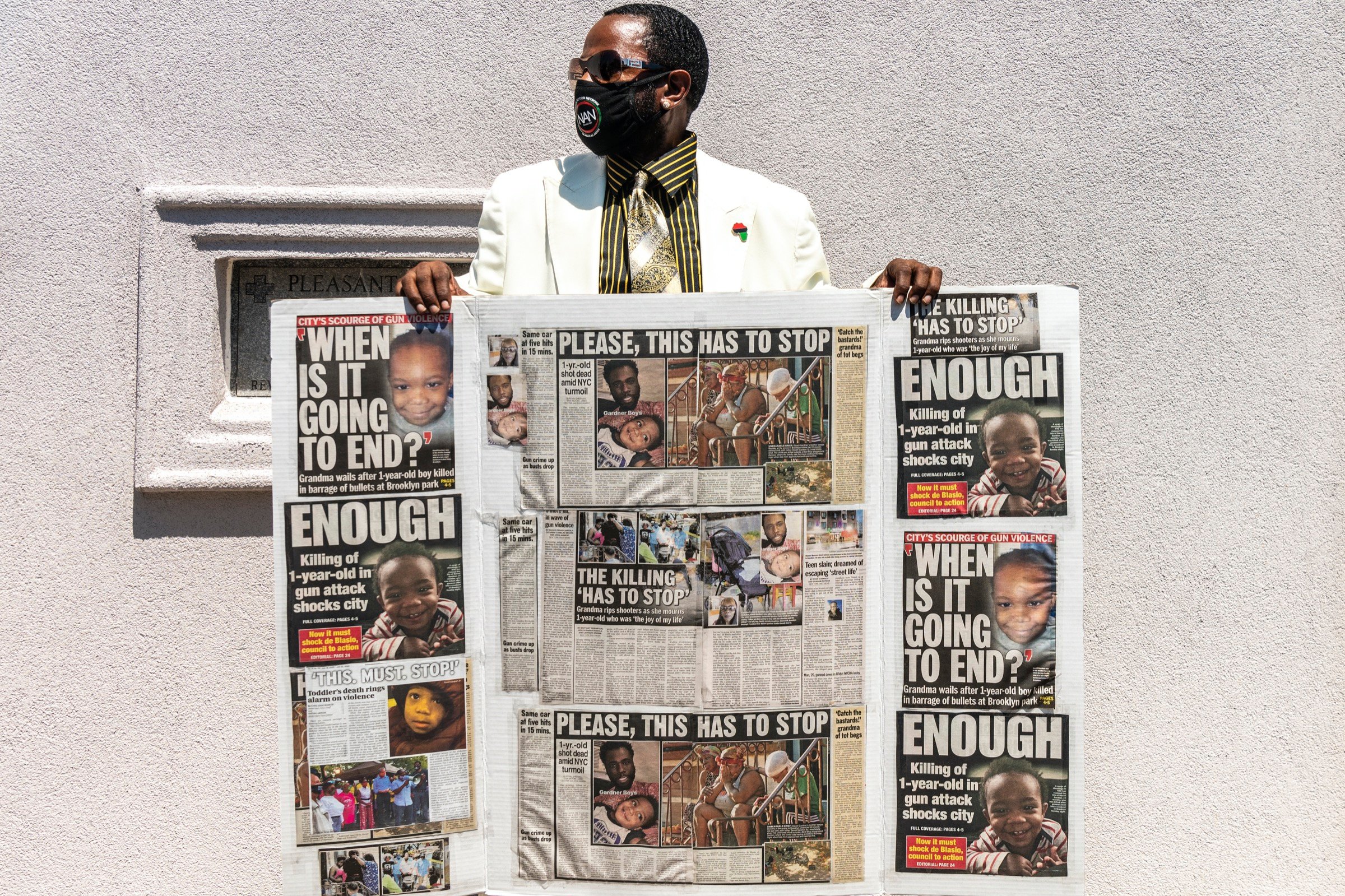Business closures and lockdowns have dealt withering blows to the economy since the novel coronavirus first emerged as a global threat, causing stocks to tumble. But after initially sliding along with the rest of the market, publicly traded gun companies have rebounded decisively. Since March 10, panic buying of guns and ammunition has helped drive a steep rise in stock prices for American Outdoor Brands, the parent company of Smith & Wesson; Vista Outdoor, which owns several ammunition companies; and Sturm, Ruger & Co.
All three companies posted dramatic gains through the past week. As of March 17, American Outdoor Brands showed the strongest weekly change in stock price — a more than 40 percent increase — of any company in the Electronic Technology sector, which includes brands like Texas Instruments and Apple. Firearms accounted for nearly 75 percent of American Outdoor Brands’ net sales in 2019, according to its annual fiscal report.
Vista Outdoor and Ruger, likewise, led the Consumer Durables sector by huge margins, more than tripling the weekly increase of their nearest competitors.
The gains offer a breather for the companies, which have weathered an increasingly hostile political climate for investors. Since the Parkland school shooting in February 2018, activists have pressured investors to pull their money from companies that deal in firearms. Survivor David Hogg has called for boycotts of hedge funds with money in the gun industry, and several outdoor sporting retailers have pressured publicly traded firms to spin off their firearm-related subsidiaries. The efforts prompted both Vista Outdoor and American Outdoor Brands to sell their gun brands: In July of last year, Vista sold rifle-maker Savage Arms and in November, American Outdoor announced it would do the same with Smith & Wesson. The sale is expected to take place in the fall of 2020.
Multiple financial analysts who spoke to The Trace on the condition of anonymity said that the sudden rebound owes primarily to Americans stockpiling guns as fears about the coronavirus and its consequences mount throughout the country. Sudden demand for firearms has made the stocks popular — despite their taboo status — among investors whose options for safe harbor have thinned amid widespread financial turbulence.
This surge has been aided, the analysts agreed, by the fact that the gun industry is still mostly a domestic operation, with a significant amount of manufacturing and distribution occurring within U.S. borders. The American gun industry even acquires most of its raw materials from American sources. This structure — increasingly unusual in the era of global supply chains — has insulated gun companies from uncertainty faced by firms whose products are manufactured overseas. (American Outdoor Brands sources the raw materials for a number of its non-firearm products from overseas, but they make up a significantly smaller portion of the company’s yearly revenue.)
Brad Greenwood, an associate professor of information systems and operations management at George Mason University, has studied demand in the gun industry. “To the extent that stock price is the expectation of all future revenues, what you really have is this unexpected financial windfall for the firm[s],” he said.
Greenwood said the gun companies’ good fortune could have a “bullwhip” effect: increased demand for guns today might lead to slowed sales once the panic subsides. But he was clear that a period of depressed sales is unlikely to cause gunmakers much trouble. As he put it, “[They’re] just substituting future revenues for present revenues.” He added that some smaller mom-and-pop gun stores, without the sales analytics tools used by major manufacturers, might interpret this short-term spike in demand as permanent, and risk overstocking.
Demand in the gun industry has historically proven more volatile than in other sectors. Elections and mass shootings can spur dramatic surges and drops in buying. Misjudging the market can have grave consequences for businesses. As The Trace has reported, at least one gun distributor went bankrupt after betting Hilary Clinton would win the 2016 presidential election. The company overstocked to meet an anticipated increase in gun buying, then was unable to move the excess inventory.
In any other scenario, Greenwood said, a spike in demand might pose a similar risk to gunmakers. But because fears of the coronavirus are likely to lessen in the coming months, manufacturers will probably see this as a temporary sales bump — and not a new normal. “Unless you’re actually changing the organic rate of who’s buying firearms,” he said, referring to the number of customers who become repeat buyers, gun companies don’t really need to make any changes at all.
There’s no publicly available data on who is driving the spike in gun sales. Anecdotal evidence collected by The Trace and other news outlets suggests many buyers are purchasing their first-ever firearm. Even so, it’s impossible to tell whether these people will become repeat purchasers, and whether this will prompt an adjustment in firearms production.
Researchers interviewed for this story acknowledged one possible long-term effect the coronavirus could exert on the gun industry: If the Trump administration or local governments in states with manufacturing plants institute mandatory quarantines, factories that produce guns could experience long term shutdowns.
Anandasivam Gopal, a professor of information systems at the University of Maryland who co-authored a study of demand in the gun industry, said manufacturing stoppages would reduce supply, which could lead to a backlog of orders for guns. “That will allow firearm manufacturers to look very comfortable for the next 3-4 quarters,” he wrote in an email. “This is why it becomes hard to clearly say that the price increase for Ruger and American Outdoor Brands [stocks] will only last a week or so, before subsiding.”


